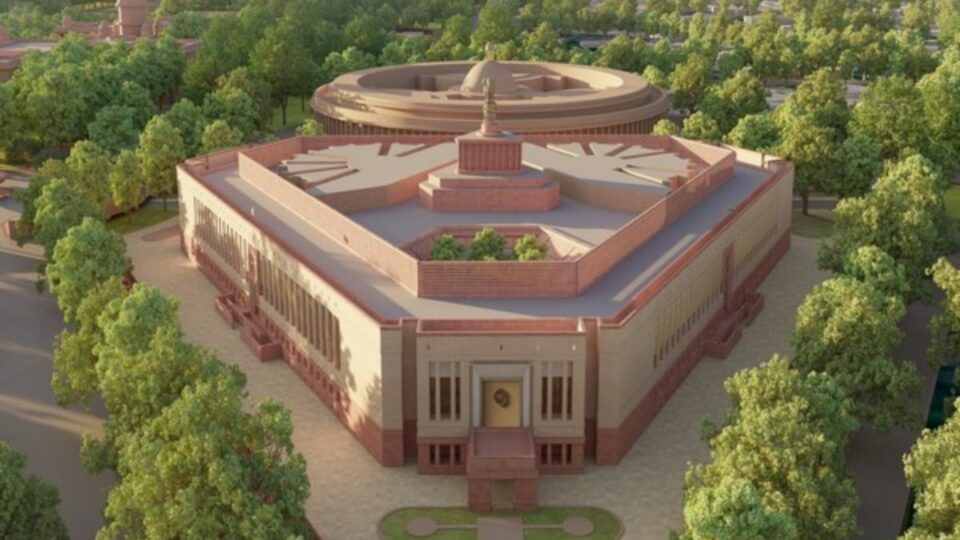“At the stroke of midnight hour, when the whole world sleeps, India awakens to her freedom.” These were the first words spoken by former Prime Minister Pandit Jawaharlal Nehru, echoing throughout the walls of the old parliament building as India declared its independence on 15th August 1947.
Yesterday marked the beginning of a 5-day-long special parliamentary session. On that day, Prime Minister Narendra Modi announced that further parliamentary proceedings, starting from 19th September, which is Day 2 of the session, would take place in the newly built parliament building.
A mere brick-and-mortar structure, yet one that has witnessed history being made, torn down, and rebuilt; from colonial rule and the Second World War to the dawn of independence, the adoption of the Constitution, and much more. The old parliament building, now referred to as “Samvidhaan Sadan,” holds not only debates and parliamentary changes but also multiple stories of Indian history.
Built-in 1911 under British rule and inaugurated by the Viceroy Lord Irwin, this building has stood as the epitome of Indian history, both before and after independence.
This is the same building that witnessed the beginning of a new era for India in 1947. It’s the same building where laws were made and overturned, and governments that once stood tall crumbled. This parliament not only experienced legislative attacks but also real-life terrorist attacks. Through it all, these four walls stood unshaken, symbolizing the epitome of Indian democracy.
As we move into a new era with the new parliament, we will witness new history being made within those four walls. However, we must never forget all the stories written on the walls of the old parliament building.
As an independent media platform, we do not take advertisements from governments and corporate houses. It is you, our readers, who have supported us on our journey to do honest and unbiased journalism. Please contribute, so that we can continue to do the same in future.

